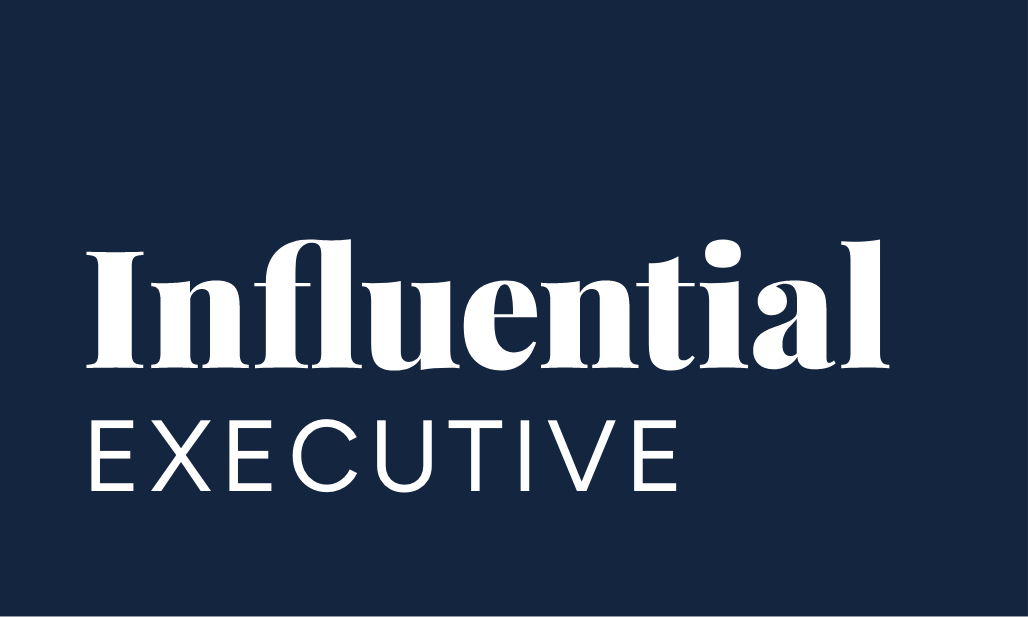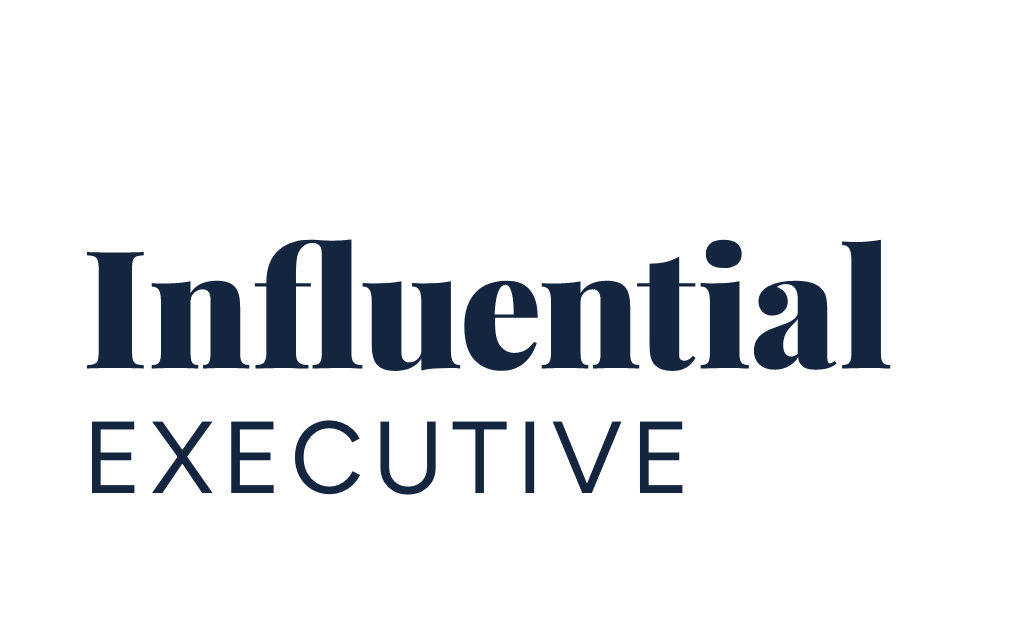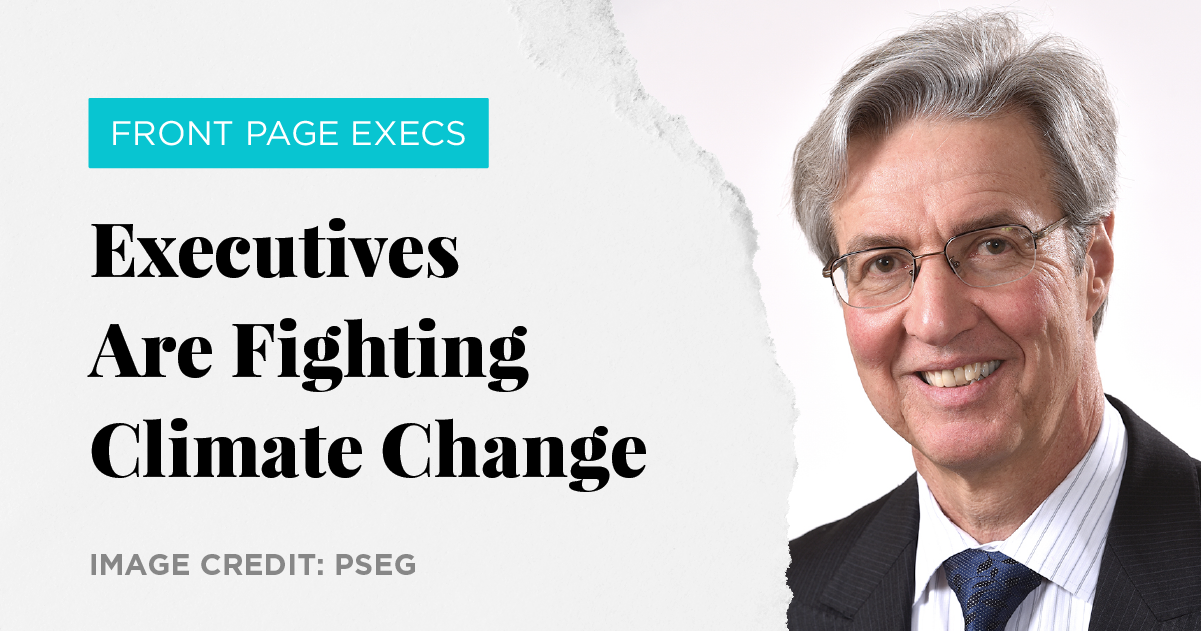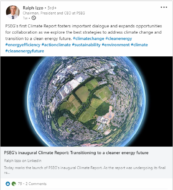With the 50th anniversary of Earth Day having taken place recently on April 22, various leaders around the world participated in conversations, summits, and meetings to discuss plans on how to tackle climate change. The earth’s dangerously high carbon emissions is a major cause for concern, and since the majority of global carbon emissions are a result of coal, oil, and gas companies, the power lies with major corporations to make a difference. Thus, it is imperative that major companies publicly convey their plans to fight against climate change, as leaders of those companies can help to effectively mobilize others to follow suit.
This year, the Yale Business Sustainability Summit was held virtually through Zoom in light of social distancing. With almost 1000 participants present for the event, CEOs and other executives spoke on behalf of their companies to outline their next steps, focusing on putting forth clear and tangible plans for tackling climate change. The summit showed that many CEOs are taking this time, a moment in history where the coronavirus pandemic has affected the world in unprecedented ways, to reevaluate their values and approaches going forward.
Leaders have the power to make real social and global change, which is why it is important that executives relay any impactful company announcements and information to the public. Social media is an effective way to disseminate information to users across the globe and to stay connected, making it an ideal tool to get messages across more quickly and efficiently. Thus, social media is an effective channel to encourage others to join the battle against climate change.
Highlighting Key Announcements
Ralph Izzo
Ralph Izzo, the CEO of energy company PSEG, was among the participants. At the Earth Day Yale Summit, he made some important company announcements. For example, he announced that PSEG has invested over $2 billion in solar power, and almost the same amount of money to offshore wind energy.
While Izzo did not mention this amount on his LinkedIn posts, the majority of his posts are centered around the company’s efforts to fight climate change or his own personal thoughts on the issue. For example, he recently put up a post linking to an original article that highlights PSEG’s first-ever Climate Report. The post discusses the company’s plans for cleaner energy, and Izzo makes use of appropriate hashtags such as #cleanenergy and #energyefficiency to better emphasize the company’s clear goal and vision. The hashtags Izzo uses in this post have a decent following, with #cleanenergy having 28,970 followers and #energyefficiency having 17,247 followers. When executives use hashtags on LinkedIn, we recommend searching the hashtag to see how many other users are following it. A hashtag with fewer than 20,000 followers is considered a niche hashtag. While a niche hashtag will not reach as many users as a much more popular hashtag (e.g. #energy has 4,015,109 followers), it will allow executives to reach a more relevant audience.
Since leaders tackling climate change want to mobilize others to take part in this important cause, it is important for them to clearly share their own efforts, and what their respective companies are doing to tackle the issue as well. In order to build trust with their followers, leaders need to be transparent with the content they put out, which means that executives should not only share positive news, but the negative as well when appropriate. For example, Izzo posted a statistic (pictured below) highlighting the negative impact that nuclear plants are creating on the planet. Izzo’s ability to share news pieces such as this one shows that he is not only posting content that boosts his own brand, but that he is dedicated to tackling the larger issue at hand, and is using his platform to do so.
Another element that contributes to trust is an executive’s ability to be specific when they are making announcements, rather than posting vague blanket statements. This is especially important when discussing a large global issue like climate change. Izzo’s post below highlights PSEG’s mission, summarizing its trajectory, plans, and deliverables clearly:
While Izzo only posts once a week or every few weeks, which is not very often, he tends to link to his personal blog in posts, wherein his articles extrapolate on climate-related topics. While Izzo does not make use of a call-to-action (CTA) in his post copy, this is a practice we executives should do more often as it can help increase engagement among users. We recommend that executives add a simple CTA (such as “Read More” or “link below”) to indicate that an article is present in the post in order to better encourage followers to engage with the article.
Steve Voorhees
Steve Voorhees, the CEO of packaging company WestRock, was also present at the Yale Summit. He uses LinkedIn as his primary social media platform. In a recent post, Voorhees discusses his involvement at the Yale Business Sustainability Summit, including a shoutout to teammates at WestRock, accompanied by a video of himself. While the video is well-intentioned, unfortunately it is quite low quality, with visual glitches and audio that cuts off at times. We recommend that if executives make use of video content on their social platforms, videos should be filmed at higher quality and that the sound is clearer. This will help make the video appear more professional. We also recommend adding subtitles in order to make the video more accessible.
In another post that links to a personal blog article, he highlights his full presentation on climate change from the Summit. This post effectively highlights his own actions and that of his company. Voorhees is sure to include the full name of the Yale Summit, which ultimately helps to legitimize the content, as followers will recognize the Yale Summit as the renowned and established event that it is. Voorhees once again singles out his teammates at WestRock in the post copy, which helps garner both brand awareness and also showcases his persona as a thoughtful and supportive team leader. In fact, in the majority of Voorhees’ LinkedIn posts, he is sure to add a quick “thank you” to his team.
However, Voorhees does not tag the company’s LinkedIn Page. We recommend executives link to their company’s social media page when necessary as this will help boost brand awareness and engagement.
Jeff Bezos
The CEO of Amazon does not utilize social media very often, but when he does, he primarily utilizes his Instagram to highlight important messages from the company. In February, Bezos posted a photo of the planet and announced details of his new initiative, the Bezos Earth Fund. The project is aimed at tackling climate change. In his post caption, Bezos provides a tangible number by noting that he is personally donating $10 billion to start the fund, and encouraged other big companies and leaders to donate and join as well. With a large follower base at 1.7 million, posting on his Instagram account allows Bezos the chance to reach a large number of people online.
As mentioned earlier, when it comes to important company announcements, clarity is key. Blanket or broad statements, particularly about a topic as important as climate change, may be well-intentioned, but ultimately do not contribute much to an executive’s legitimacy. Seeing tangible plans in action, as well as a leader’s dedication to having that plan be carried through is what will ultimately instill trust in followers, and will help to enact change.
Bezos has recently made various announcements on behalf of Amazon’s fight against climate change, wherein he highlighted Amazon’s “Climate Pledge” in a public letter to shareholders. Amazon also recently announced forest conservation efforts called the Right Now Climate Fund. However, Bezos has not taken to social media to announce these efforts. While a renowned executive like Bezos may not feel the need to post on social media since his announcements often make top news headlines anyways, he should still take advantage of the fact that he has a large social following in order to reach a wider audience.
Our Tips for Executives
As shown in some of the examples above, many executives have their own blogs wherein they explore more in-depth thoughts on certain topics. If you are an executive who writes their own articles on relevant subjects on your own blog or website, be sure to use your social media platform to link to this content, using post copy that engages other users. This will help garner more awareness and engagement with your blog content, and will ultimately help boost your personal online presence.
LinkedIn is also an optimal platform for posting more in-depth thoughts in posts, as this platform has a larger character limit than most other social platforms (the character count is 1,300 for individual accounts, and 700 on company accounts).
Executives who are using Instagram can share more aesthetically varied and high-quality visuals, graphics, or video. The video format is optimal for announcements and important discussions as this delivers a more personal and authentic touch to an executive’s content. Followers also feel more connected to a company’s CEO if they readily make themselves accessible through personal formats like video.
Communicating important global topics to followers is important, and when discussing the fight against climate change, executives must maintain consistent posting and use best practices in order to spread awareness to as large of an audience as possible. Leaders have the power to inform, educate, and guide others to make way for positive social and global change, and using social media can be used to effectively do so.
Is your marketing team ready to get your executive(s) on social media? Download our free step-by-step guide on how to get your executive on social. In the meantime, why not follow Influential Executive on Instagram for interesting business stats, inspiring leadership quotes from today’s top executives, and more!




